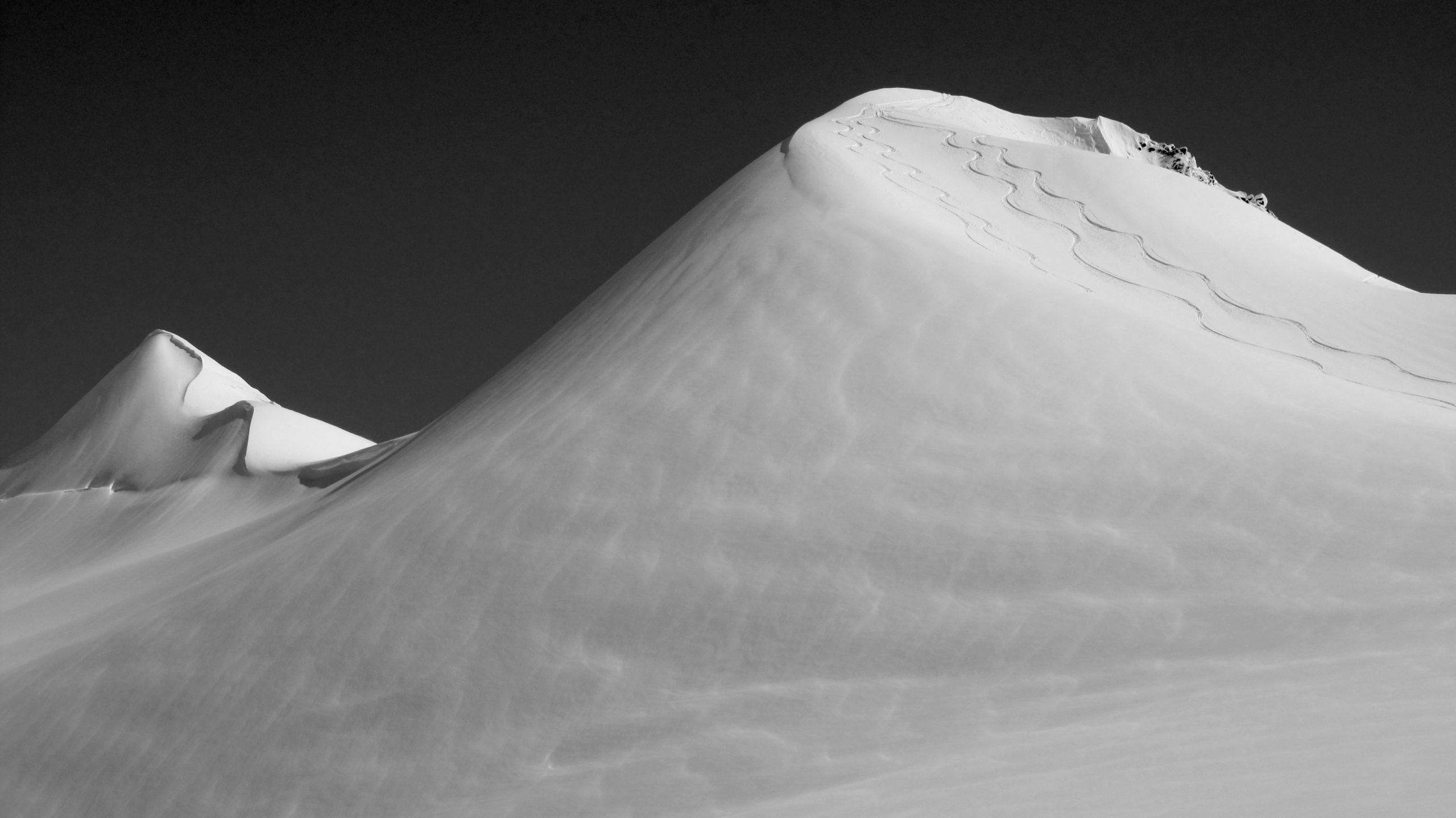Rather than “call out” mistakes (which I think are obvious here) perhaps we should be looking at why the mistakes were made.
Every time I take a deep dive into these avalanche disasters (from the comfort of my laptop), I come to the same conclusion. The wish to "do" and "go," and the deep desire not to be the wet blanket, interfere with prudent decisions. And despite the need for a huge dose of caution, things get ignored, left out, or forgotten.
In this article, the skier who died and his friend didn't want to spend their morning on safe terrain digging snow pits. They wanted to stretch their new avy training by going somewhere challenging.
"When the class split into groups for Saturday’s field session, Reed and Marshall joined Lovell’s party because they wanted experience planning and executing a more complex ski tour. 'We didn’t want to skin a half-mile in and sit there and dig a snow pit the entire time,' Reed says."
The hesitant skiers in the group who got caught in the avalanche were reluctant to raise their fears in the group. (I am under the impression, though, that exactly this is taught in avy safety programs - to urge everyone to speak up with their doubts. I could be wrong.)
Other red flags piled up but didn't change the plans:
The next morning, Dave Marshall, a member of Kobrock’s group, started having an eerie feeling about the day. His son, Pete, was in the other group, and Dave worried about the safety of their route. And George, who normally would go skiing or do chores while the class was in the field, was asked by Kobrock, just before she left with her students to dig snow pits, if he would hang around the lodge with a radio as a safety measure—something he’d never been asked to do in more than two decades of hosting avalanche courses at the lodge.
and
"A few minutes later, Lovell, hurrying out the door, told George that his group intended to ascend a series of short benches known as the Landry Sneak into Senator Beck Basin. It was the first George had heard of their plan, and he knew it meant two things: their terrain choice carried potential avalanche risk, and the two groups would be miles apart. George told Lovell he didn’t think it was a good idea. Lovell looked at George 'almost like I was speaking a different language,' George recalls, and did not respond."
The course safety officer met with the group headed to riskier terrain and reviewed the forecast, but did not read the more-detailed summary, which had a clear warning in it.
The most experienced people (if I read this article correctly), Sandy Koblock and Chris George, both thought it unwise to follow that route. Both responded to the idea, but inadequately to stop the less-experienced instructor from following through.
It seems that despite intensive training, a high level of skill, and a commitment to safety, the urge to get out there often wins, even in an avy training course. And sometimes with these tragic results.

